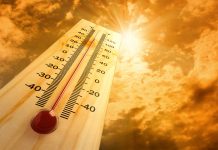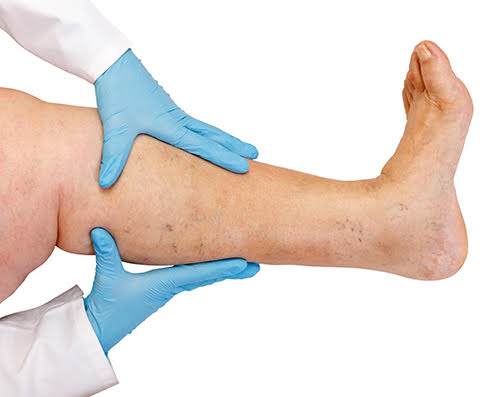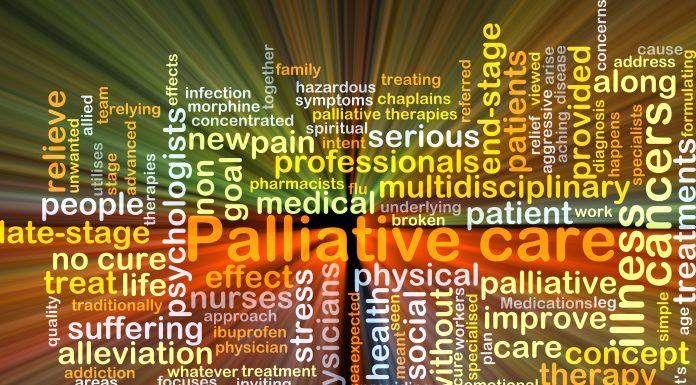Varicose veins are a common condition in seniors. Usually causing unsightly cosmetic issues, there are other effects to be aware of in order to maintain healthy legs.
What are Varicose Veins?
Varicose veins are defective, enlarged veins, usually 4 millimeters or greater in diameter that are usually the result of increased pressure in the leg veins. Varicose veins can occur in other parts of the body due to obstruction, but are most commonly associated with the legs. These veins enlarge in response to increased pressure termed venous hypertension.
The mechanism for this involves the one way valves located throughout the major leg veins. Normally, when the heart beats, blood returns upwards toward the heart and the valves open. In between heartbeats, gravity takes over, drawing the blood downwards toward the foot. Healthy valves will close and form a seal, preventing the blood from being dragged down to the foot. Valve failures multiply like a domino effect producing a backing up of normal drainage. This condition is called venous insufficiency. As the back pressure builds it extends into many vein branches causing engorgement, swelling and elongation producing the coiled s-shape appearance of bulging varicose veins.
Common Symptoms
Besides the unsightly appearance, there are symptoms you should be aware of that are associated with this condition. Common symptoms accompanying varicose veins include aching, leg swelling, cramping, throbbing, itching, burning, restless legs and tired legs. These symptoms are aggravated by prolonged standing or sitting.
Walking seems to improve these symptoms in contrast to arterial disease where walking worsens cramping pain.
Complications
Occasionally, when venous disease is ignored, a painful inflamed area may appear on the leg due to a blood clot in a superficial vein which is called phlebitis. These clots may grow and become excruciatingly painful, but they usually do not break off and travel to the lung causing death. That occurs in the deep veins. Varicose veins is a superficial vein problem. In any case, treatment by a trained vein specialist is necessary.
Besides the typical symptoms of varicose veins there are some mild to serious side effects that can take place.
Prolonged venous insufficiency, which may be present over decades, can produce inflammation and swelling in the lower leg. Inflammatory compounds produced in the tissues can cause dermatitis resembling eczema and pigmentation. Many people think this is just a dermatological problem but it is actually due to venous hypertension.
Skin inflammation can even increase to the point where the subcutaneous tissues become hard like wood, called lipodermatosclerosis. As this process progresses, venous ulcers can appear above the ankle with erosion of the skin, revealing fat, muscle or bone. It may appear to be infected but early on is not. Left unattended for too long these ulcers may require biopsy to rule out malignancy.
Along with these complications, when the pressure in the leg is prolonged it can affect the lymphatic vessels. The lymphatics drain fluids that are outside the vascular system, bathing our cells. Once the lymphatic vessels are damaged irreversibly, we have a condition called lymphedema. Early on when venous swelling occurs it is reversible when treated properly. Another complication seen with or without varicose veins is deep vein thrombosis.
With a DVT there are usually a combination of predisposing factors which include injury to a deep vein, sluggish blood flow due to immobilization, and circulating clotting factors or a reduction in anticoagulating factors in the blood. Many times, an occult malignancy announces its presence with DVT. These clots form in the deep veins and are dangerous. They can grow and a segment can break off and travel to the lungs and produce a pulmonary embolism which can be fatal. People who sit for prolonged time such as on long air travel or long road trips are susceptible to deep vein thrombosis and will often present with an swollen aching calf.
When to see a Doctor
When you begin to notice the above symptoms or visibly bulging veins it is time to seek out a vascular or vein specialist. These doctors deal with these issues exclusively, on a daily basis, and will have the most expertise in how to handle these problems on a conservative standpoint progressing to more aggressive type of treatment as warranted. Some of the treatments that may be used to help ease the symptoms of varicose veins include gradient compression. This is a form of stocking or pneumatic device the applies more pressure at the foot and decreasing squeeze as you go up the leg. These devices help to push the blood up and out of the leg to avoid stasis and blood clots. We use gradient compression both to prevent problems and to help patients heal faster while under treatment.
The key is to check your legs as you get older and if you notice bulging varicose veins realize that it is not normal.
If you have any of the above listed symptoms contact your doctor. If you are told that there is nothing that can be done, seek out a vein specialist.























